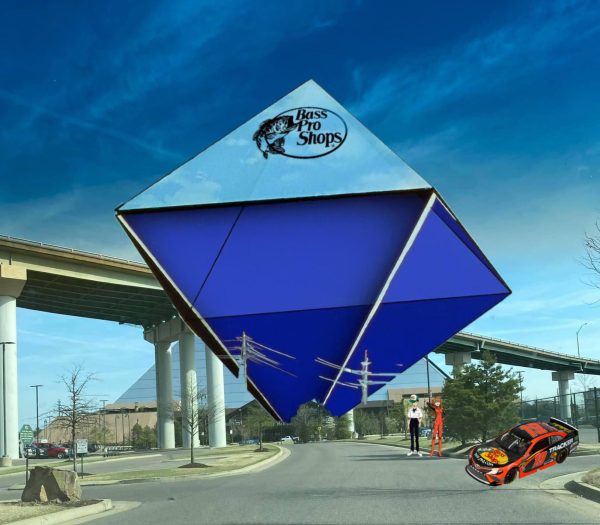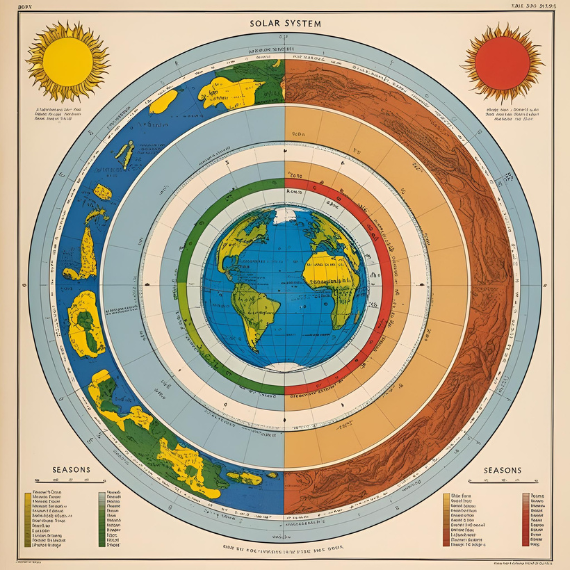NASA releases first-ever photograph of a black hole
While processing the image took over a year, the final result is a new era in space science.
Theoretical space sciences have been at the forefront of the National Aeronautics and Space Administration’s (NASA) public image in recent history, with media buzz surrounding the advancement of their newest deep-space telescope array, Event Horizon. As of April 10, NASA scientists were able to confirm the final development of the first light-based photograph of a black hole—or, more specifically, the silhouette of a black hole—in a major breakthrough for modern space observation.
In 2017, NASA’s intentions to produce a proper photo of the elusive theoretical object became solidified when their global telescope array, Event Horizon, snapped a picture of the elliptical galaxy Sagittarius A, aiming dead-center for the resident super-massive black hole which sits at the center of the expansive cosmic object. Known as M87, this large, dense, and highly gravitational entity mirrors the behavior of many other large-scale black holes, as it is situated at the center of its own resident galaxy, like most others. Curiously, despite the picture having been taken in 2017, development thereof took over a year to complete, due to the magnification level of the array’s full panoramic photograph. At the heart of the calculations used to decipher the image, it was revealed that Event Horizon’s eight telescopes zoomed in on their target with over 500,000 times magnification, as the galaxy Sagittarius A is nearly 318 quintillion miles (53 million light-years) away from Earth.
The picture represents a new era of understanding when it comes to large spacial anomalies such as the one at the heart of Sagittarius A. Previously, our only recorded evidence of black holes came from their emissions: high-frequency radio and x-rays which are jettisoned away from the super-dense objects at incredible speeds. This lack of material or observable mass created a shadow of sorts that was used to identify the black holes.
M87’s photo is one of an elusive shadow, with swirling mass and energy being engulfed by the intense gravity which it produces. The light displayed in the picture is nothing more than the remnants of stars and planets which, having possibly formed near M87 eons ago, have now fallen into its event horizon—an all the more fitting name for the technological elements which humanity used to observe the black hole.

My name is Gabe Jenceleski, and I am a member of The GNA Insider staff! As a contributor to the paper, I have had the unique opportunity to be privy to...







